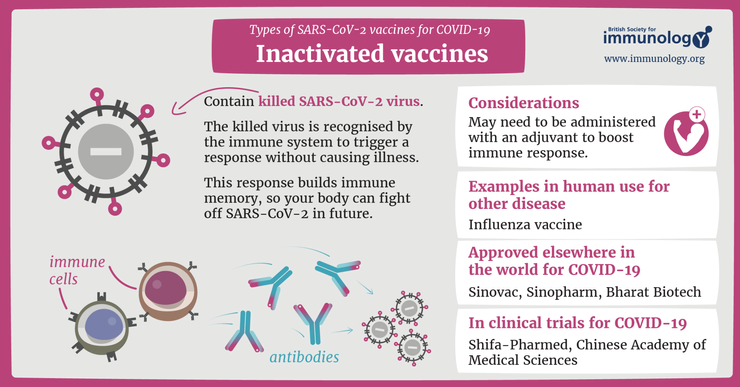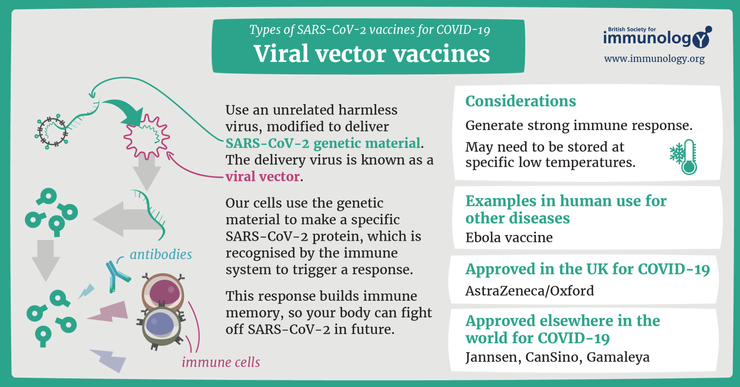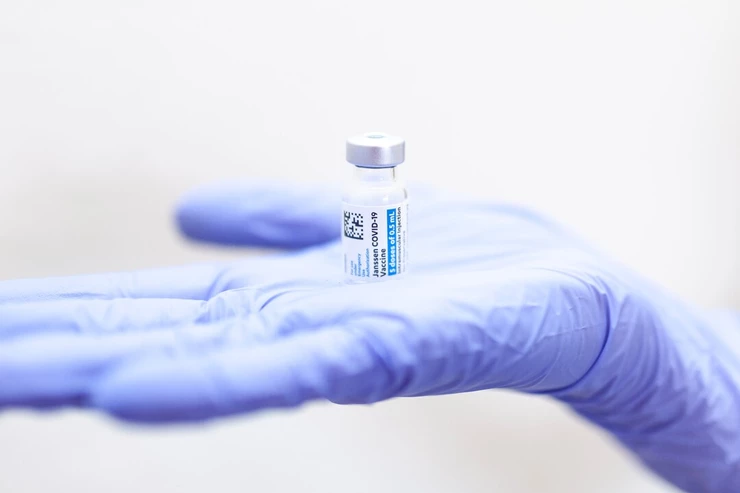On 31 December 2019 WHO was informed about the cases of pneumonia of unidentified cause in Wuhan city of China. Later, the cause was identified as novel COrona VIrus Disease - 19. Fast forward to mid-2021, there have been more than 17.7 crore cases worldwide and 2.9 crores reported in India only. In the wake of Covid-19, the entire world was under lockdown. The only way out of this situation was with the development of vaccines.
Today, there are three vaccines available in India: Covaxin, developed by Bharat Biotech; Covisheild, developed by Oxford-Astrazeneca and manufactured in India by Serum Institute in Pune; and Sputnik V, developed by Gamaleya Research Institute. Despite this, only 3.9% of the total population has been fully vaccinated.
In order to prevent the arrival of the third wave, it is important to understand what are the types of vaccines and how can vaccination be accelerated.
What is a vaccine?
The vaccine is a biological preparation used to stimulate the production of antibodies and provide immunity towards a certain disease. There are many steps involved in developing a vaccine which makes it a protracted process.
What are the different types of vaccines used in India?
Inactivated Vaccines: These types of vaccines use a bacteria or virus which is killed using chemicals or heat, then it is inoculated into the human body. Covaxin, developed by Bharat biotech is an inactivated type of vaccine.

Working of inactivated vaccines
Viral vector: Harmless virus is used as a vector to deliver genetic code to human cells, allowing them to make pathogen protein. This trains the immune system for future infections. Sputnik V and Covisheild are Viral Vector vaccines.

Working of Viral Vector Vaccine
Vaccine Shortage Problem in India
Vaccination in India started in January 2021 till date 26.3 crore doses have been given and 4.84 crore citizens are fully vaccinated which in terms of percentage is less than 4% of the entire population. Despite having two manufacturing units in India, the vaccination rate is sedate. It is estimated it will take 3.6 years to generate herd immunity if the vaccination process goes on at the same pace.
Initially, most of the vaccines had been allocated towards higher age groups i.e 45+. At the end of May 2021, the Indian government started rolling out vaccinations for the age group 18-45, which resulted in a vaccine shortage all over the country. In some parts of the country, vaccines had to be discarded because of the mismanagement of vaccine storage.
In the initial stage of vaccination, India exported vaccines to economically weaker countries as help in such pandemic times, this also resulted in vaccine shortage in India.
The inevitable third wave
In March 2021 the second wave of Covid-19 hit India and the effects on all the sectors were catastrophic. Officially reported deaths in the second wave crossed the 2 lakh mark, experts predict the actual death count (reported + unreported) has crossed over 8 lakhs. The major cause of these deaths is mainly the shortage of oxygen supply and vaccines all over India. India also suffered on the economic front. It is estimated that over 2 crore people lost their jobs resulting in a major unemployment crisis.
Health experts say the third wave is inevitable and can hit India by October 2021 and children below the age of 18 can also be affected severely. Third-wave can be more devastating if the vaccination rate is not increased rapidly. India has not yet opened vaccinations for the below 18 age group. If India intends to expedite the vaccination process it has to stimulate production by setting up more vaccine development facilities or by importing more vaccines like Moderna, Sputnik V, Pfizer, etc.
Importing vaccines can be one of the solutions for deaccelerating the rapid explosion of covid-19 fatalities in the forthcoming third wave.
India has started importing one foreign vaccine i.e Sputnik V made in Russia. Even if the central government had allowed state governments to procure vaccines, manufacturers insisted on dealing only with the central government. The central government took the matters in hand and decided to procure vaccines and distribute them among states.
Importing vaccines can be the solution for the shortage of vaccines and result in increasing the rate of vaccination. We understand importing vaccines can be a challenging process.
Vaccines should be temperature-controlled and handled with extreme care. The vast majority of vaccines need to be stored at between 2-8⁰C in cold storage, with a preferred average of 5⁰C, while some are required to remain frozen in a range between -15 to -50⁰C. Additionally, many are decreed to be protected from light and packaged appropriately, as UV light can damage them.
Tempcon Express Private Limited has expertise in transporting cold chain products in a temperature-controlled environment. We are providing end-to-end logistic solutions in importing the Sputnik V vaccine from Russia in partnership with Dr. Reddy’s Laboratories. Our highly skilled team has expertise in handling, loading, and transporting various types of hazardous materials throughout India and overseas as well. Tempcon Express is experienced in transporting organs, pre-trial vaccines, and highly temperature-critical products ranging from +2 to -180 degrees all over the globe. To know more about the wide array of temperature-controlled goods we ship, click here.
[wpb_total_comments]

